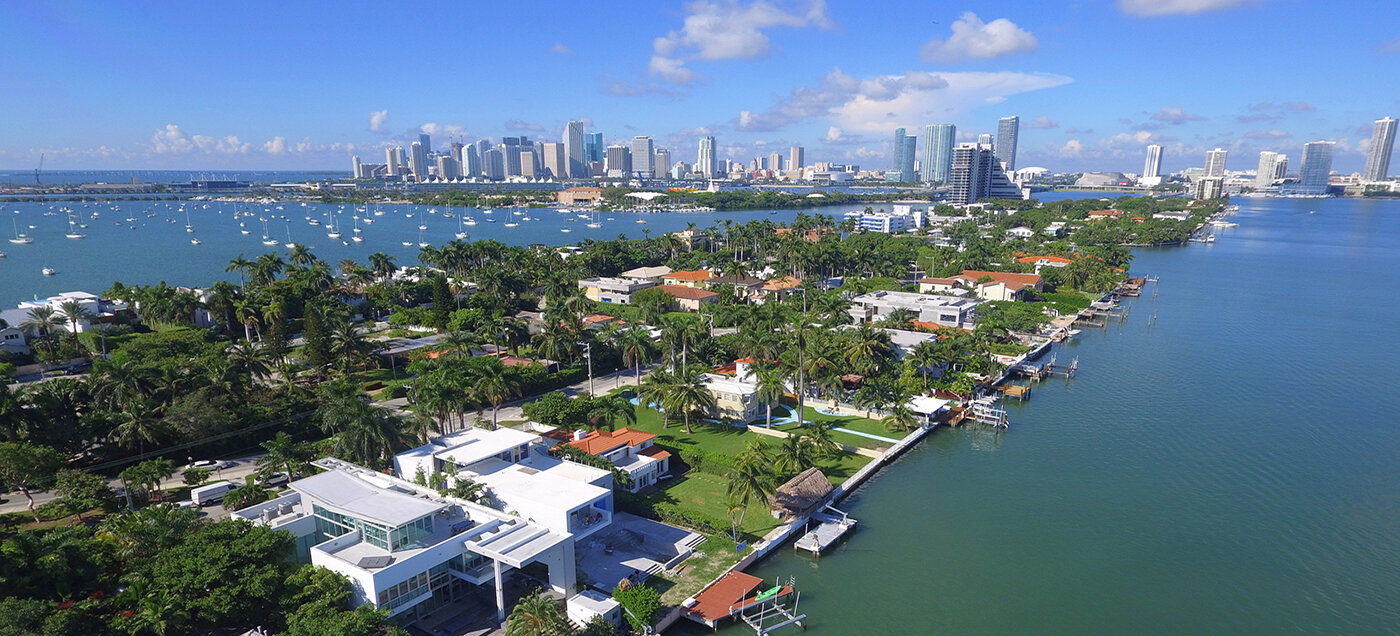A Miami Suburb Overrun With Peacocks Turns to Vasectomies to Rein Them In.

The prevailing theory about why the peacocks flocked to suburban Pinecrest is that, like many a Floridian, they went hunting for better real estate.
Long a mainstay in bohemian Coconut Grove, a Miami neighborhood up the road, the nonnative birds began making their way south in recent years, local officials suspect, because old Grove cottages were being turned into immense modern houses that chipped away at the area’s lush tree canopy. In the affluent village of Pinecrest, the peafowl found larger lots with plenty of greenery that were far more to their liking.
The birds, however, were not so much to their new human neighbors’ liking. The peacocks scratched the roofs of stately homes, pecked the paint off fancy cars and defecated on manicured driveways. Their piercing squawks — “aa-AAH! aa-AAH!” — often woke residents before dawn.
So Pinecrest devised a novel plan: peacock vasectomies.
Snip one male peacock, the thinking goes, and it will no longer be able to fertilize the eggs of the female peahens in its harem.
“Peacocks are bona fide polygamists,” said Dr. Don J. Harris, the veterinarian hired by Pinecrest to perform the procedure. “We’re going to catch one peacock and probably stop seven females from reproducing. It’s going to have an exponential benefit.”
No one knows if, or how well, the Pinecrest pilot program will work. But in balmy South Florida, where people have little choice but to coexist with wildlife both native (alligators, sharks) and invasive (pythons, iguanas), it is a new way to try to deal with an old problem.
“I certainly wouldn’t want to kill them — God, no,” said Gerald Greenberg, who has about seven peafowl living in an oak tree in his front yard. But, he added, “We’ve got to do something.”
What makes Florida different, said Ron Magill, the communications director for Zoo Miami, is that in most other parts of the country, winter will kill off most exotic species.
“When those animals get out here in South Florida, they’ve entered Club Med,” he said. “This is paradise.”
Iridescent peacocks have roamed some of greater Miami’s neighborhoods for decades, with little consensus about what to do about them. To their defenders, they are majestic and beautiful. To their critics, they are an unabated nuisance.
In 2001, when the peafowl population was far smaller, Miami-Dade County made killing or capturing them illegal, with an exception for homeowners to remove birds from their property without harming them. Many municipalities, including Miami, are bird sanctuaries.
So over the years, when neighbors would grumble about peacocks driving them cuckoo, local officials would side with the birds. Miami, after all, is a city where chickens and roosters freely roam some streets and, since the coronavirus pandemic, have proliferated around the federal courthouse and other buildings downtown.
But last year, as more communities complained about peacocks destroying property, a divided County Commission voted to allow municipal governments to submit “peafowl mitigation plans.” Pinecrest, a village of about 18,000, was the first to do so with its vasectomy plan, which county commissioners approved last month.
The office of Raquel A. Regalado, the commissioner whose district includes Pinecrest, agreed to pay about $15,000 for veterinary equipment to perform the vasectomies. Pinecrest has budgeted $7,500 a month to implement the plan.
Vasectomies would allow peacocks to continue acting like dominant males, displaying their dazzling feathers and assembling their harems, though they could no longer fertilize any eggs. But trapping peacocks, with their sharp beaks and talons, is not easy. And while endoscopic avian vasectomies (where the vas deferens is cut) are less complicated than full castration (where the testes are removed), surgery is still surgery.
Dr. Jim Wellehan, a zoological medicine professor at the University of Florida, recalled performing endoscopic gonadectomies at a zoological institution years ago to control the mallard duck population. “Early on, there were so many challenges, and it was difficult,” he said. “But before long, we had it down.”
“To be honest, the expense that goes into trap-and-release programs is really hard to justify,” he said. But people are often unwilling to just euthanize animals.
Earlier this year, the euthanizing of aggressive Muscovy ducks in Palmetto Bay, south of Pinecrest, prompted so much outrage that some residents held a candlelight vigil for the deceased.
No similar affectionate displays have taken place for the Pinecrest peacocks, though Shannon del Prado, the councilwoman who proposed the program, said a few people had written to say that the birds should be left alone.
“‘You’re trying to eradicate the peacock,’” she said someone told her. “That’s really not the case. I have a rescue cat, but she’s fixed.”
Others have reacted like David O. Markus, a 16-year Pinecrest resident who calls the peafowl a “plague.” A peacock attacked his Tesla, leaving it scratched up. (The males are thought to see their reflections in the paint, misidentify them as rivals, and peck away.)
Mr. Greenberg, a lawyer, said he will sometimes be on a Zoom call and a peacock will screech.
“People from other parts of the country will pause and ask me what that noise is,” he said. “I will explain that they have pigeons — and we have peacocks.”


